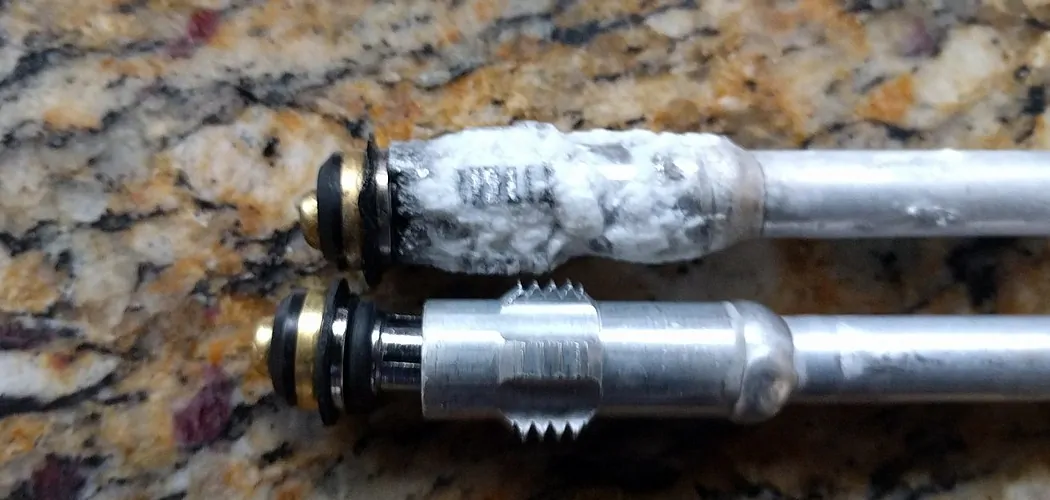Dealing with calcium buildup in water pipes can be a common and frustrating issue for homeowners. Over time, minerals like calcium can accumulate within your plumbing, restricting water flow and causing blockages.
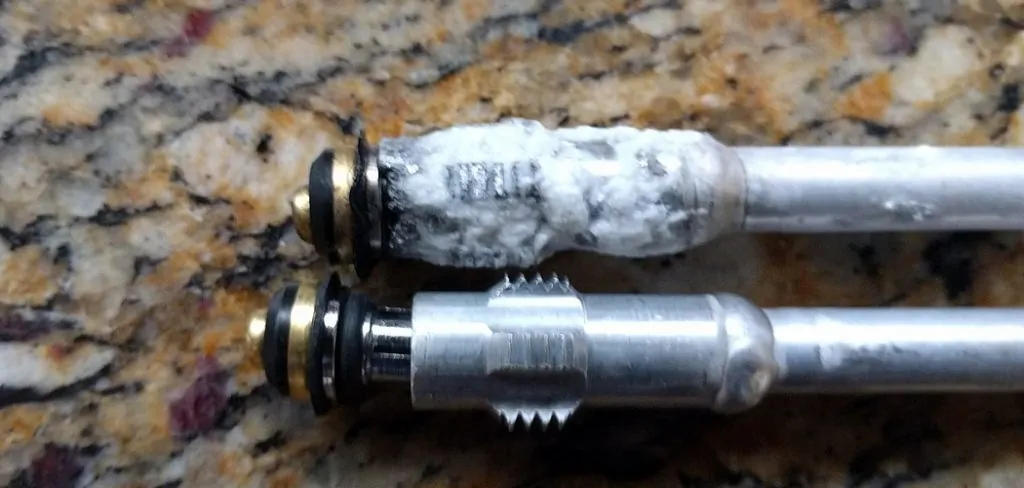
In this article, we’ll explore effective methods for how to remove calcium buildup in water pipes. From using household items like vinegar and baking soda to chemical alternatives, we’ll discuss various approaches to address this problem.
Understanding the causes of calcium buildup and the preventive measures you can take is crucial. Moreover, we’ll provide step-by-step guidance on how to safely and efficiently eliminate the mineral deposits that can affect your water quality and water pressure. Whether you’re experiencing reduced water flow, scaling on faucets, or other signs of calcium buildup, this comprehensive guide will equip you with the knowledge and techniques to maintain a smoothly functioning plumbing system in your home.
Importance of Addressing Calcium Buildup in Water Pipes
Water is a vital resource that is used in everyday life. It is necessary for cooking, cleaning, and personal hygiene. However, the quality of water can vary depending on where you live. One common issue that homeowners face is calcium buildup in their water pipes.
Potential Damage to Plumbing System
The first and most obvious reason for addressing calcium buildup is to prevent damage to your plumbing system. As the limescale accumulates in the pipes, it creates a barrier that restricts water flow. This can put added pressure on your pipes, causing them to burst or leak. In severe cases, this can result in extensive water damage to your home and require costly repairs.
Decreased Water Pressure
As the calcium buildup continues to grow, it not only restricts water flow but also decreases water pressure. This can make simple tasks like taking a shower or washing dishes frustrating and time-consuming. If left untreated, the decrease in water pressure can become so severe that it affects the functionality of your appliances, such as washing machines and dishwashers.
10 Methods How to Remove Calcium Buildup in Water Pipes
1. Boiling Water
Boiling water is one of the most effective ways to remove calcium buildup in water pipes. This method works by heating the water to a boiling point, which causes the calcium deposits to dissolve and be flushed away.
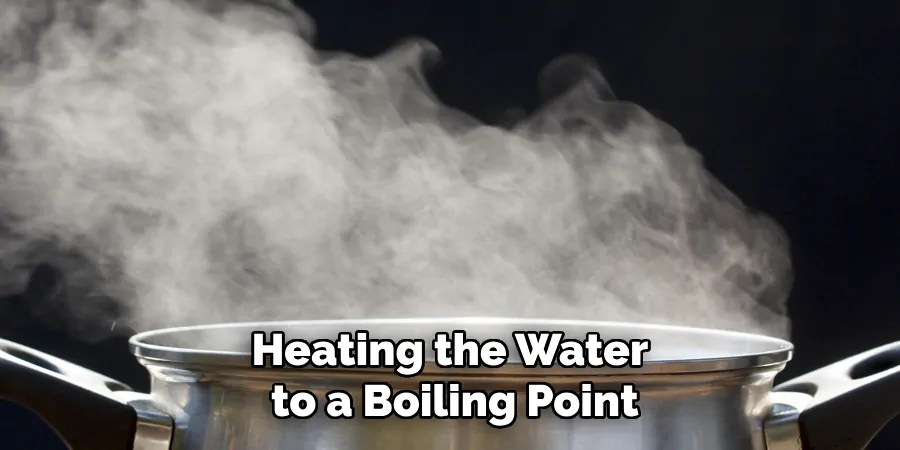
It is important to note that this method should only be used on metal pipes, as boiling water can damage plastic pipes. Additionally, it is best to use a pot or bucket specifically for boiling water, as this will help prevent any damage from occurring to your kitchen sink or other fixtures.
2. Vinegar
Vinegar is another effective way to remove calcium buildup in water pipes. This method works by combining equal parts vinegar and warm water and pouring it into the affected area of the pipe. Allow this solution to sit for at least 30 minutes before flushing it out with cold water. The acidity of the vinegar helps break down the calcium deposits and flush them away.
3. Baking Soda
Baking soda is also an effective way to remove calcium buildup in water pipes. This method works by combining baking soda and warm water and pouring it into the affected area of the pipe. Allow this solution to sit for at least 30 minutes before flushing it out with cold water. The alkalinity of the baking soda helps break down the calcium deposits and flush them away.
4. Lemon Juice
Lemon juice can also be used as a natural way to remove calcium buildup in water pipes. This method works by combining equal parts lemon juice and warm water and pouring it into the affected area of the pipe. Allow this solution to sit for at least 30 minutes before flushing it out with cold water. The acidity of the lemon juice helps break down the calcium deposits and flush them away.
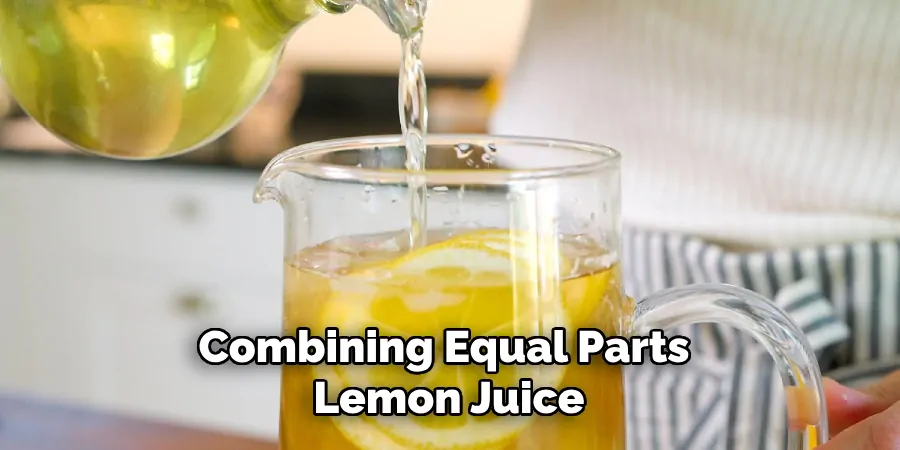
5. Citric Acid
Citric acid is another natural way to remove calcium buildup in water pipes that can be found in many grocery stores or online retailers. This method works by combining citric acid powder with warm water and pouring it into the affected area of the pipe.
Allow this solution to sit for at least 30 minutes before flushing it out with cold water, making sure not to exceed recommended measurements when using citric acid, as too much can damage your plumbing system over time if used incorrectly or too frequently.
The acidity of citric acid helps break down the calcium deposits and flush them away safely without damaging your plumbing system over time, like harsher chemicals may do if used incorrectly or too frequently.
6. CLR
CLR (Calcium, Lime & Rust Remover) is a chemical cleaner specifically designed for removing hard-water build, such as limescale, from metal surfaces, including plumbing fixtures, faucets, shower heads, etc.
To use CLR effectively, mix one-part CLR with four parts hot tap water, then pour directly onto the surface/pipe where you want the limescale removed, then allow mixture 5-10 minutes before rinsing off with hot tap water thoroughly afterward until all traces are gone.
7. Salt & Baking Soda Mixture
A salt & baking soda mixture can also be used as an effective way to remove calcium buildup in your home’s plumbing system. To use this method, mix together equal parts salt & baking soda, then add enough hot tap water until you have a thick paste-like consistency.
Apply the paste directly onto the surface/pipe where you want the limescale removed, then allow the mixture 5-10 minutes before rinsing off with hot tap water thoroughly afterward until all traces are gone.
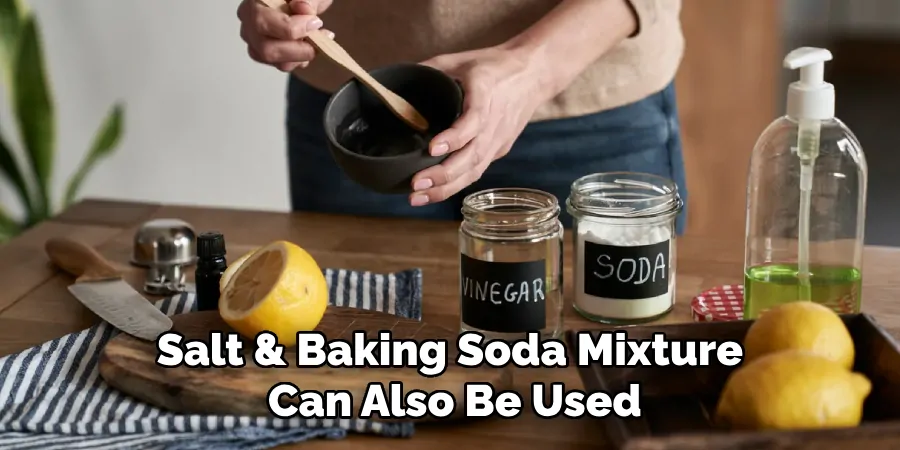
8. Borax Powder
Borax powder is another natural cleaner that can be used effectively when trying to remove calcification from your home’s plumbing system. To use borax powder, mix together 1 cup borax powder & 2 cups white vinegar, then add enough hot tap water until you have a thick paste-like consistency. Apply the paste directly onto the surface/pipe where you want limescale removed, then allow the mixture 5-10 minutes before rinsing off with hot tap water thoroughly afterward until all traces are gone.
9. Lye Solution
Lye solution (Sodium Hydroxide) can also be used as an effective way to dissolve calcification from your home’s plumbing system; however, caution must taken when using lye solutions due to its highly caustic nature, so always wear protective gloves & safety goggles when handling any type of lye solution.
To use lye solution, mix together 1 cup Lye crystals & 2 cups white vinegar, then add enough hot tap water until you have a thick paste-like consistency. Apply the paste directly onto the surface/pipe where you want the limescale removed, then allow the mixture 5-10 minutes before rinsing off with hot tap water thoroughly afterward until all traces are gone.
10. Mechanical Cleaning
If all else fails, then the last resort for removing calcium buildup in your home’s plumbing system would be to physically clean the pipe/surface with a piece of fine sandpaper or steel wool (wearing gloves) to remove calcification; however this method should only used as last resort & may not always be effective on heavy calcification.
Additionally, it is important to note that this method should be used with caution as it can scratch and damage metal pipes. It is best to consult a professional plumber before attempting this method.
Things to Consider When Removing Calcium Buildup in Water Pipes
When it comes to removing calcium buildup in water pipes, there are a few things that you need to consider before starting the process. This is because each situation may vary and require different methods of removal. In this section, we will discuss some important factors that you should keep in mind when trying to remove calcium buildup in your water pipes.
Water Hardness
The first thing to consider is the hardness of your water. Hardness refers to the mineral content in your water, mainly calcium and magnesium. The higher the level of these minerals, the harder your water is. This can lead to more severe calcium buildup in your pipes.
Type of Pipes
Another important factor to consider is the type of pipes you have. Different types of pipes, such as copper, galvanized steel, or PVC, may react differently to certain cleaning methods. For example, harsh chemicals may corrode or damage copper pipes, while acidic solutions can deteriorate galvanized steel. It is important to research the best cleaning methods for your specific type of pipes to avoid causing any damage.
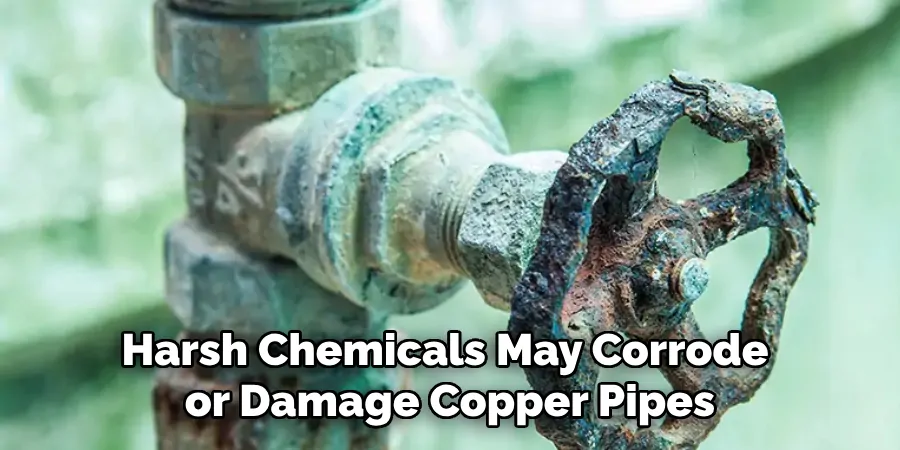
Severity of Buildup
The severity of the calcium buildup is also an important aspect to consider. If you have just started to notice some limescale in your water pipes, then a simple DIY solution may be enough. However, if the buildup is severe and has been accumulating for a long time, professional help may be needed.
Cost and Time
Removing calcium buildup in water pipes can be a time-consuming and costly process, depending on the severity of the issue. It is important to have a realistic understanding of how much time and money you are willing to invest in this task. This will help you choose the best method for your specific situation.
Prevention
Finally, it is always better to prevent calcium buildup from occurring in the first place rather than dealing with it later. Regular maintenance, such as using a water softener or flushing your pipes periodically, can help prevent calcium buildup and save you from the hassle of removing it.
Conclusion
To wrap up, remember that calcium buildup in water pipes can be harmful for home and business owners alike. From preventing clogged drains to reducing potential health risks, fixing clogged pipes should always be a priority.
The methods discussed above are some of the most effective ways of how to remove calcium buildup in water pipes, so it is important to take the time to understand each one and decide which is best for your particular needs. While trying any of these techniques may seem difficult, understanding the basics can make it much easier and even affordable. Regardless of what method you choose to use, your efforts will result in healthier pipes and better flow of water.

